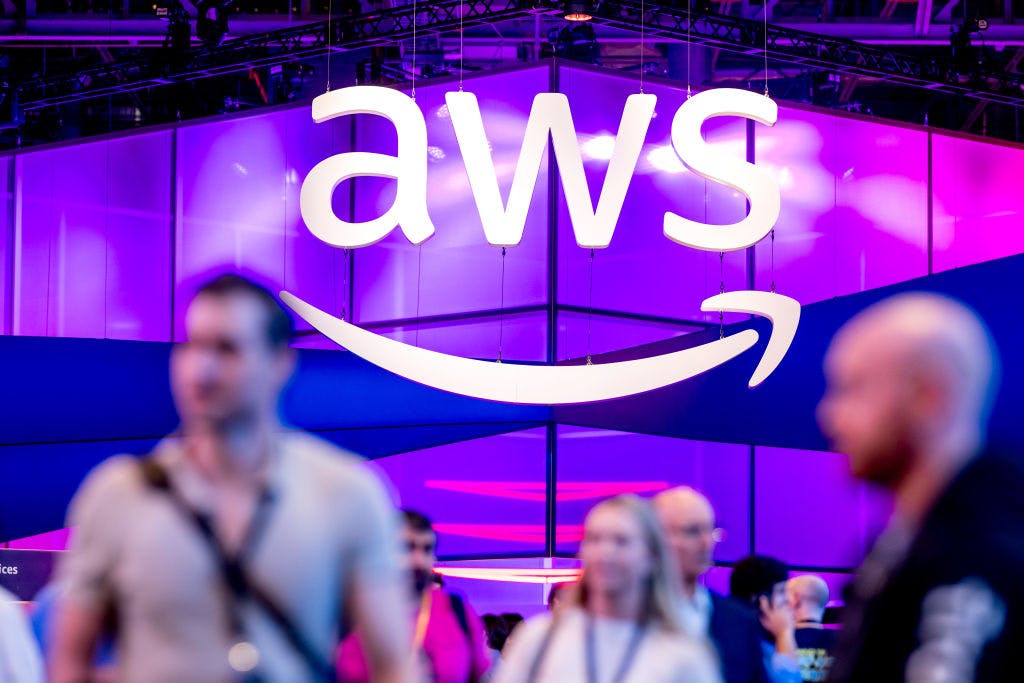Amazon beats on Q2 earnings, but Q3 profit forecast comes in light; capex goes sky-high
Amazon posted quarterly results on Thursday afternoon.
Amazon blew past Wall Street’s expectations for second-quarter sales and profit, and the tech giant smashed the accelerator pedal on capex spending.
Still, shares were down 3.5% in recent after-hours trading, as its forecast for third-quarter operating profit came in light.
The company posted $167.7 billion in sales for Q2, growing 13% from the same quarter a year earlier and topping analysts’ expectations of $162.19 billion.
Earnings per share came in at $1.68, beating analysts’ expectations of $1.33, according to FactSet.
The company’s capital expenditures — a number that has been watched closely in recent quarters as tech giants spend bucketloads of money to build the infrastructure to power AI — totaled $32.18 billion, up a whopping 83% from a year earlier. That compared to analysts’ forecasts of $26.36 billion and first-quarter spending of $25 billion.
Amazon’s AWS cloud business saw revenue grow 17.5% year on year to $30.9 billion, powered by huge demand for AI. The Street was expecting $30.817 billion.
The company also gave third-quarter guidance, with its operating income forecast falling mostly below Wall Street’s consensus. It anticipates operating income of $15.5 billion to $20.5 billion, compared to estimates of $19.49 billion. Amazon said it expects sales of $174 billion to $179.5 billion, versus Wall Street’s consensus of $173.27 billion.
Some highlights for the quarter:
Advertising revenue was $15.694 billion, up 23% year on year. The company has joined others in the industry by offering generative-AI tools for advertisers to easily make ads from text prompts.
Subscription revenue (Amazon Prime, audiobooks, etc.) was up 12% year on year, delivering $12.208 billion for the quarter.
In June, Amazon announced it was expanding its same-day shipping to over 4,000 rural towns in a big push to reach more customers.
This year saw a longer four-day Prime Day event (which may have had slower sales than expected).
The new AI-enhanced Alexa+ “early access” program has been expanded to “millions of customers.”
The company introduced “Vulcan,” a new robot that can see, touch, and navigate human spaces.
“AI Zones” are being developed in Saudi Arabia (with HUMAIN) and Korea (with SK Group).
Amazon CEO Andy Jassy said AI was starting to seep into many parts of the company’s business, including the new AI-upgraded Alexa, shopping agents, and improvements to the company’s fleet of robots. In the earnings release, Jassy said:
“Our AI progress across the board continues to improve our customer experiences, speed of innovation, operational efficiency, and business growth, and I’m excited for what lies ahead.”
AI may also be affecting the company’s workforce of 1.5 million employees. Jassy told staff in June that productivity boosts from AI will “reduce our total corporate workforce as we get efficiency gains from using AI extensively across the company.”
